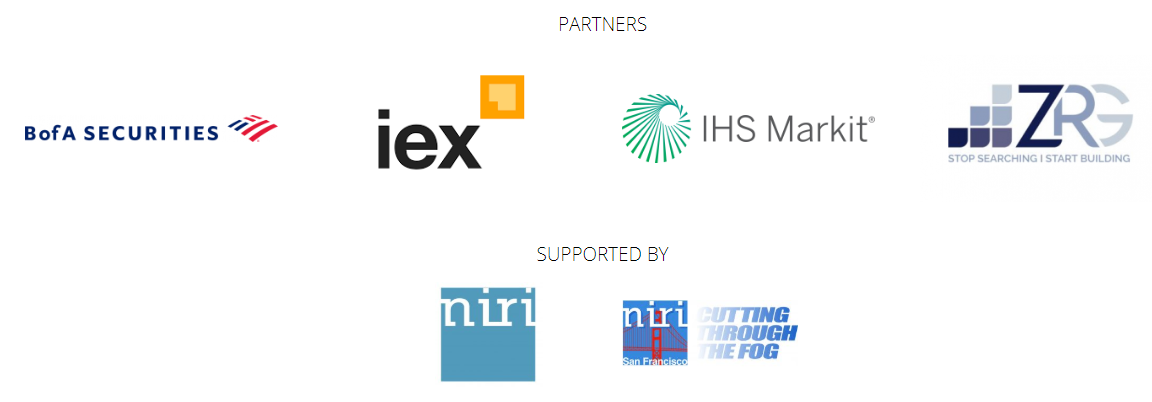A prominent small and mid-cap sell-side expert has warned that small caps may be more exposed to risk in the economic fallout of the Covid-19 outbreak.
Speaking at IR Magazine’s virtual West Coast Think Tank last month, Jill Carey Hall, head of US small and mid-cap strategy and senior US equity strategist at Bank of America Global Research, said large caps fared better as the stock market rallied in April.
‘Obviously a lot of small businesses are a risk and there’s more exposure on the small-cap side…so we’re still cautious on the smaller stocks,’ she said. ‘There’s a lot of opportunity right now to be a stock picker, with record or near record-high dispersion evaluations within the market… An important takeaway is that investors are really agitating for companies to focus on their balance sheets at this point.’
As the pandemic spread and prompted shelter-in-place measures in many countries, the stock markets registered record levels of volatility, ultimately triggering the market-wide circuit breakers to prevent trading for 15 minutes on four separate occasions in March. But Carey Hall outlined how the market picked up in April.
‘The market certainly [rallied] pretty quickly,’ she said. ‘We’re still seeing stocks below their record highs and large-cap stocks are faring better than small caps… Our economists are predicting that this will be a very bad, but short-lived recession with a 6 percent decline in US GDP this year, and about a 6 percent recovery in 2021.’
Carey Hall was joined by Pierre-Olivier Gourinchas, director of the Clausen Center at the University of California, Berkeley, who provided a macroeconomic overview. While he was encouraged to see the stock market rally, he also expressed surprise at its performance, noting the high levels of unemployment.
‘The stock market and the labor market appear to be living in different countries on different planets,’ he said. ‘On the one hand, you have millions of people filing for unemployment claims and the release of Q1 GDP figures that show a 4.8 percent decrease. Those macro numbers bring us way beyond the financial crisis of 2008 and the only point of comparison would be the Great Depression and the 1930s. You have to ask: what is the stock market thinking?’
But Gourinchas went on to explain that he had been heartened by the US government’s significant intervention to keep the US economy afloat since the Covid-19 outbreak. The Federal Reserve has cut interest rates to zero and provided $2.3 tn in loans to support the economy.
‘Those measures may mean we come out of this with maybe less damage than we thought initially,’ Gourinchas said.
One of the aspects that makes this downturn unique is that it’s the first stock market crash in which algorithmic trading has played such an active role. Ronan Ryan, president of IEX Group, explained that he’s been talking to traders who run algorithmic trading and are thinking twice about how well they’re currently functioning.
‘What’s been very interesting is that I’ve found you have buy side firms that might pay half a cent per share to trade electronically with the algorithms or two to three cents per share to give it to a cash trader on a desk,’ he said. ‘They’re actually going back to handing [trades] to the humans on the desk, because it offsets the risk a little bit. Electronic trading is stable when the market is stable, but people are actually going back to the humans a little bit.’











